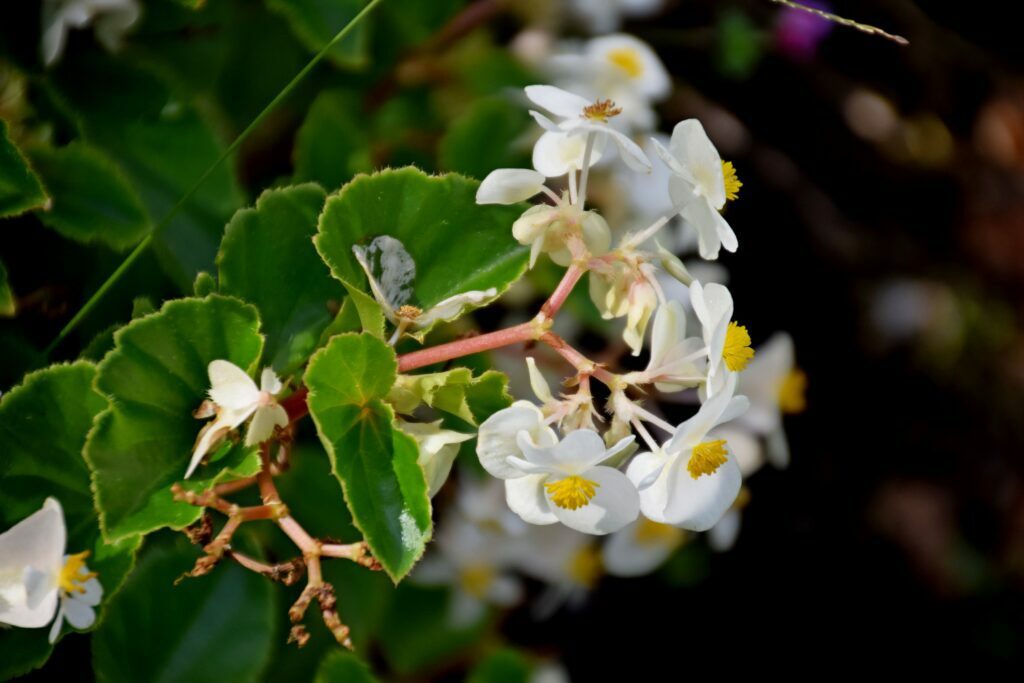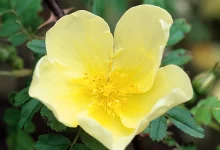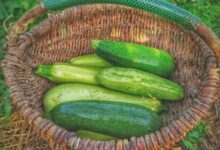Story of Day :
The genus Begonia is one of the most diverse (fifth) of all flowering plants or angiosperms, with more than 1800 species and hybrids.
When you want to collect these plants, you have difficulty distinguishing between different types and species.
In this essential guide to Begonias for beginners, I will briefly explain the main types of begonias that are kept as houseplants so that you can easily see the difference.
While this brief guide may be helpful to enthusiasts of the commercial plant world, it may not fit in with the scientific taxonomic classification of this genus or with its original botanical description.
Contents
Characteristics of Begonias
Begonias have a pantropical distribution, inhabiting tropical regions of Africa, America, and Asia.
Since the 1980s, they have become very popular as indoor houseplants because of their striking leaves of different shapes and colors, relatively easy cultivation under warm temperatures, and their tolerance to low light exposure (shade plants).
Types of Begonias
The begonia family consists of two genera: Begonia and Hillebrandia.
Most of the begonias commercialized today belong to the genus Begonia and are usually hybrids, such as the famous begonia rex, derived from crosses between botanical species.
According to the American Begonia Society, begonias can be classified into three main types: fibrous begonias, rhizomatous begonias, and tuberous begonias.
Fibrous Begonia (Fibrous Begonia)
All begonias have fibrous roots, but only those without rhizomes or tubers fall into this category.
This group includes sugarcane-type begonias, bushy, creeping, or ground cover, and thick-stemmed begonias.
Begonia Semperflorens:
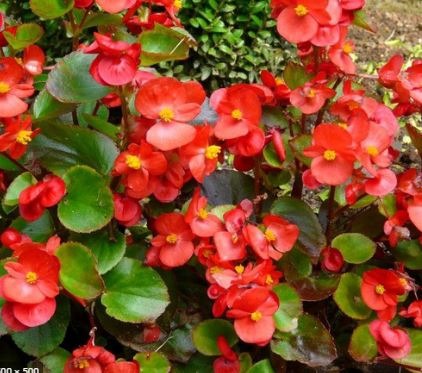
Very popular in flowerbeds, terraces, and courtyards. They are usually grown as annuals. The leaves are glossy, dark green, or brownish green, with numerous flowers that can be red, pink, or white.
Sugarcane Begonia (Cane) or Bambusiformis:
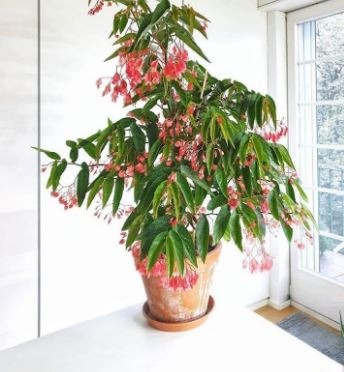
They are known by that name because of the appearance of their upright stems, with a thin and stiff shape like a bamboo trunk.
In general, the leaves are usually pointed, with an asymmetrical shape ending with a single point and sometimes with many spots in the form of moles.
Sometimes they are listed as “Angel Wing Begonias”. The blooms are clustered, pink, red, or white.
Begonia Bush:
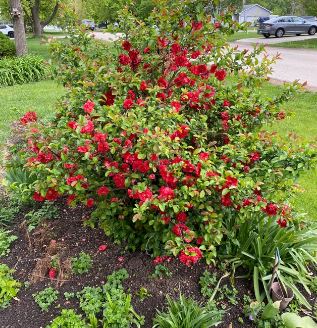
As the name suggests, this type of Begonia tends to form a small bush of shoots growing from the base.
Next to cane begonias, bush begonias are one of the toughest and easiest ornamental begonias to grow.
The color of the flowers is mostly white, although there are pink and red varieties.
Climbing or Creeping Begonias:
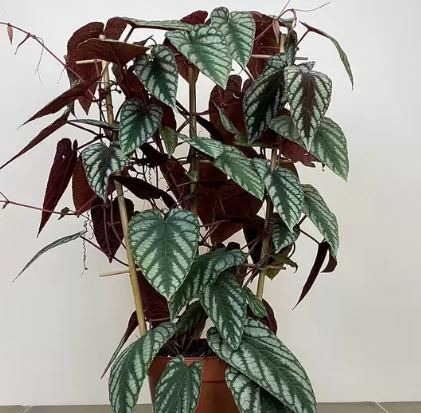
Less demanding climbing begonias can be grown in baskets or hanging pots as houseplants.
In their natural habitat, these begonias grow epiphytes on rocks, branches, or trunks and are characterized by the development of thin stems that stick to the ground.
Also, read about how to grow and care for Begonia Maculata (Polka Dot).
Thick Stemmed Begonia (Thick Stemmed):
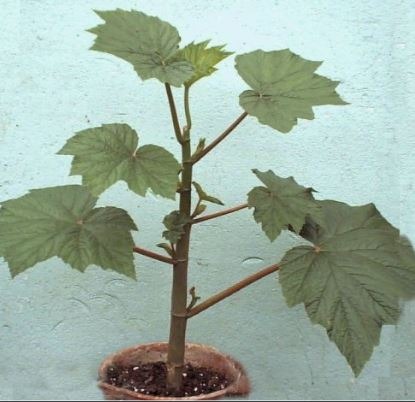
While not a very broad or well-known category, this type of Begonia is characterized by having one or two thick, erect stems that do not branch naturally.
As they grow tall, they lose the leaves closest to their base.
They usually require more light than other begonias.
Also, read about 12 Most Popular Types of Philodendron Plants with Pictures.
Begonia Rhizome
This group of begonias has thickened underground stems called rhizomes.
The rhizome develops horizontally, giving rise to new shoots along its surface.
Most begonias are rhizomatous, varying both in their leaf shape and coloration, so it is impossible to make a general description that includes them all, which is why in this group, we will only mention rex begonias.
Generally, these begonias grow compact and do not reach great heights.
Begonia Rex:
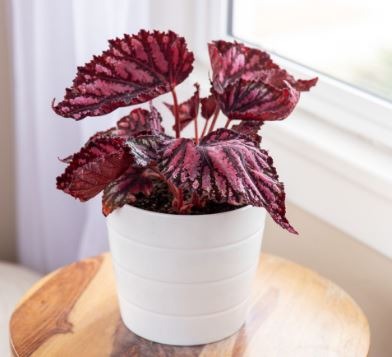
Inside the rhizome begonia, the famous “rex begonia” appears. Rex begonias are hybrid begonias born from multiple crosses between botanical species and cultivars.
They are characterized by having leaves of very striking shapes and colors, from silver, green or purple to intense pink, along with a metallic or iridescent sheen on the surface.
Also, read about 70 types of roses to color your garden.
Begonia Tuber
Tuberous begonias contain tubercles, thickened modified stems that accumulate reserve substances such as starch.
New roots and shoots are produced from the tubers. This Begonia is widely used in city parks and city green areas.
Bolivian Begonias:
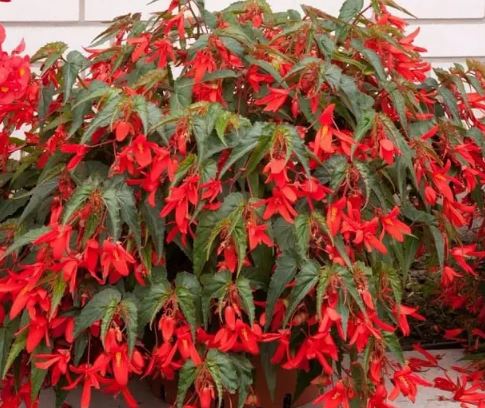
Bolivian begonias are all varieties and hybrids derived from the species Begonia boliviensis.
They have large tubers with long and thin leaves.
The flowers of this group are usually very slender pink, white or yellow, with orange undertones.
Also, read about how to grow and care for Scarlet Begonia (Coccinea).
Hiemalis Begonias:
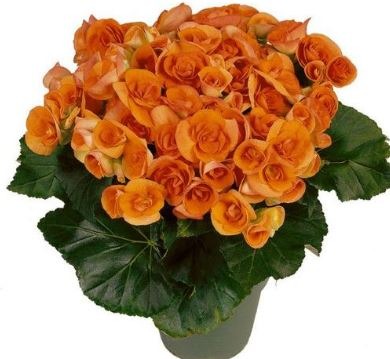
Like the begonia group described above, the Hiemalis begonia belongs to a specific species: Begonia socotrana.
These begonias bloom naturally in winter, although new varieties have been created that bloom all year round.
The flowers are small compared to other Tuberous begonias but very showy. They are grown as annual begonias because they are difficult to maintain from one year to the next.
Lorraine Begonias:
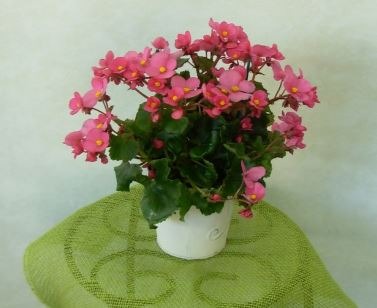
Derived from a cross between Begonia socotrana and Begonia dregei.
This plant has striking pink and white flowers that bloom in winter. The first cultivar of this group is called “Gloire de Lorraine.”
Semituberous Begonias:
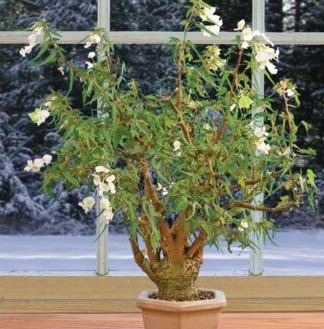
They have a thickened stem at the base, known as the caudex, highly prized by bonsai cultivation enthusiasts.
The shape is reminiscent of a miniature tree, with leaves smaller than other begonias and small white flowers.
This group is mainly represented by Begonia Dregei (also known as Begonia Bembalaii) and its varieties.
We hope this simple guide to the ultimate Begonia helped you!
